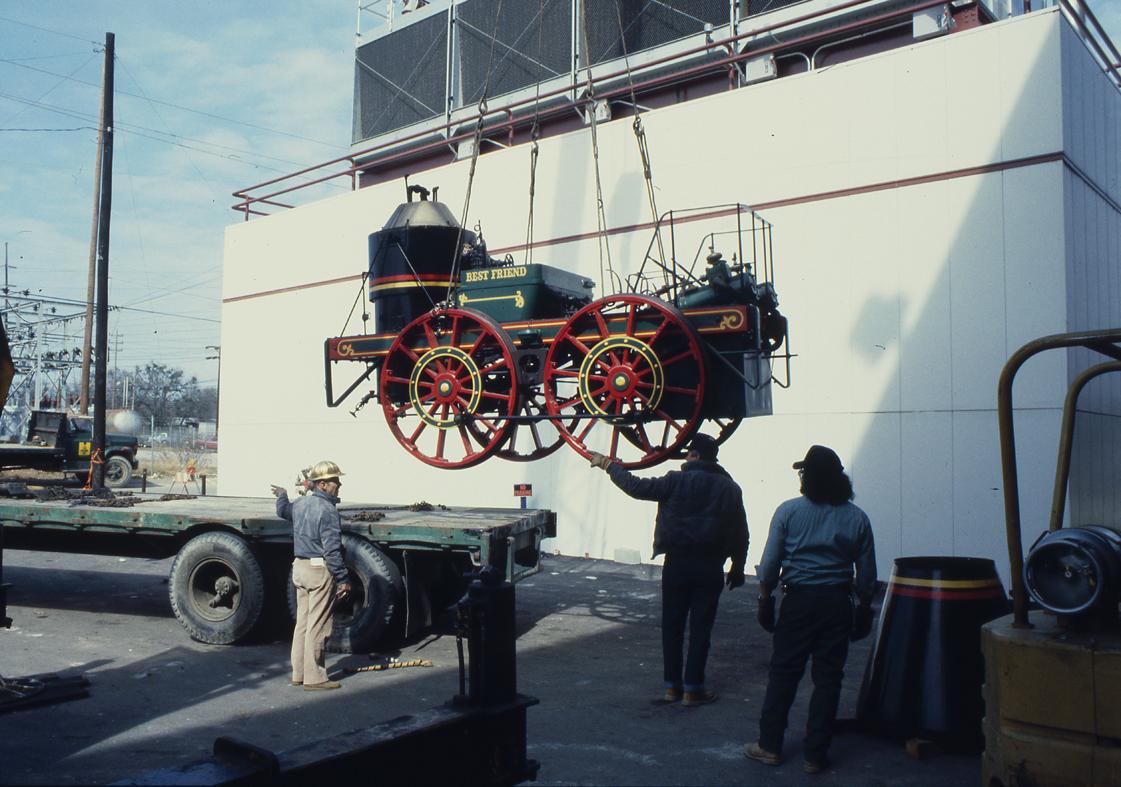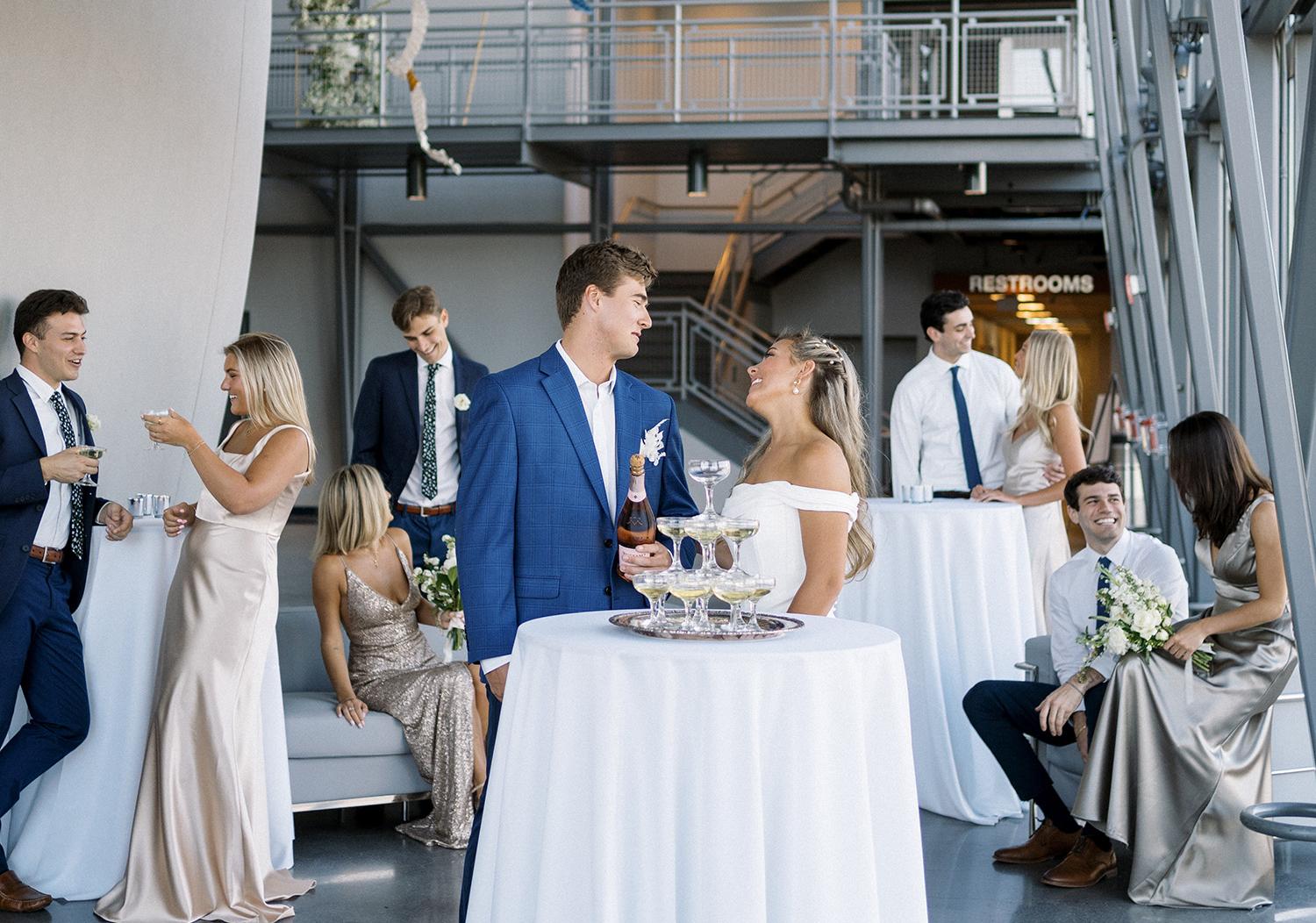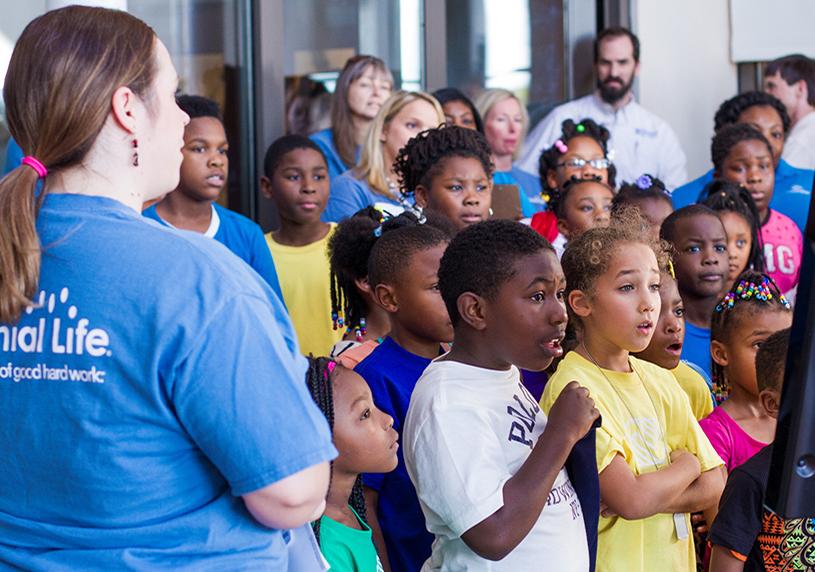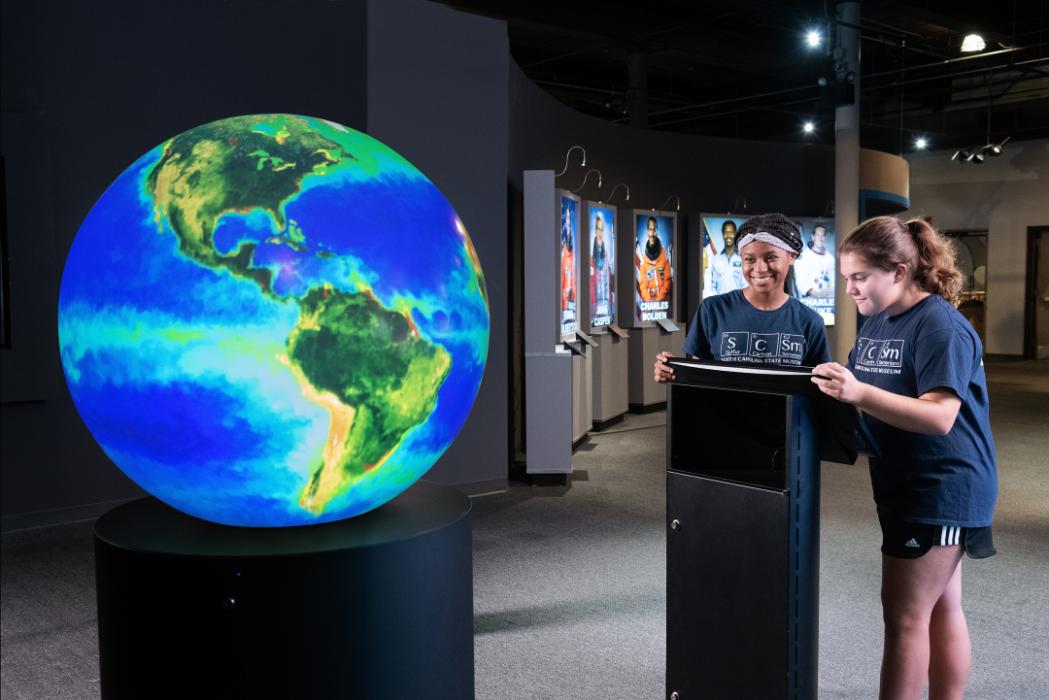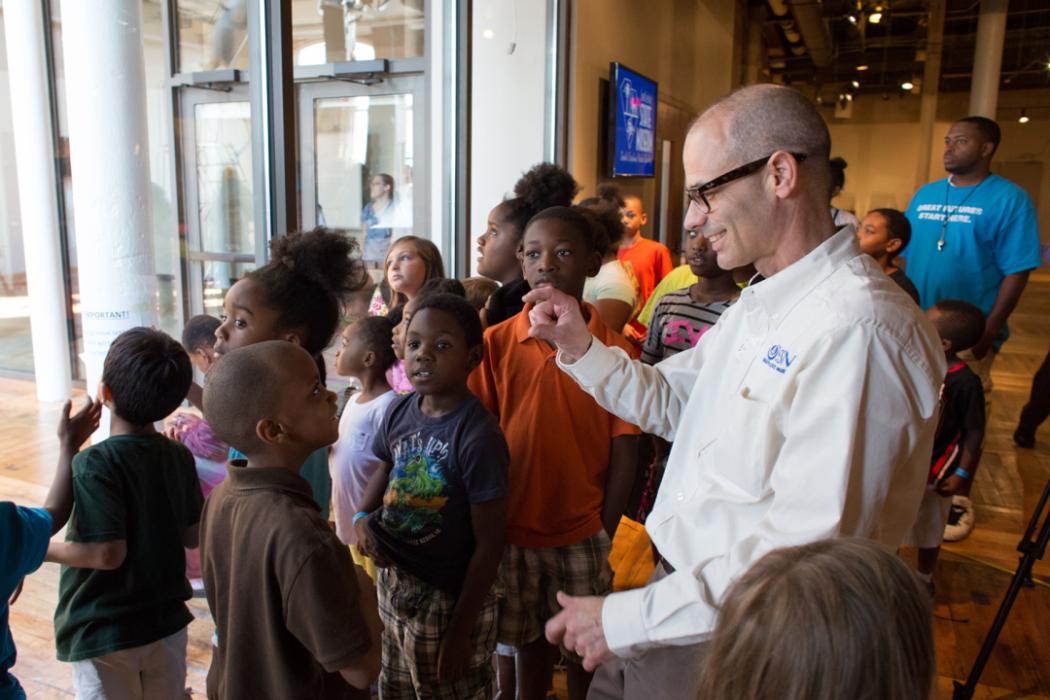
David Yaghjian
The Piggy Park is the earlier piece. It's an oil. And I did, I was having a show with Jenny Newell when she had a gallery here. And I was doing, I was living in Atlanta and I came back and I spent a few days in the city, stayed in a motel across the river, and just drove around and took pictures and pictures and pictures and pictures of everything that caught my eye. And of course, Piggy Park is iconic for any number of reasons. And it wasn't that I needed to put a sign in there, I just wanted the intensity of the of the place in all its emanations. And it was it's done in oil, which I wasn't working in at the time, but I just wanted to keep it nice and loose and and fluid and and have that kind of feeling about it. The other piece, a snake handler, I did later and was at a time when I decided to move from doing architectural pieces, which I did a lot of, into things that involve human beings much more. For a long time I didn't put any people in the paintings. There was an understanding there were people there, but they didn't need to be shown. The building showed the effects of the people around them and then at a certain point I ran across a couple of painters here and they just did architectural pieces so much better. And I said, I can't, I cannot do this. I can't keep up with these guys or what they have is so much better. So I decided to go to people and then there was a show put on at McKissick by I think Mary Gilkerson was in charge of it and it was called Fool for Art, and it was a fundraiser for McKissick. And I thought, "Well, David, stop taking yourself so seriously. You know, do some things with people and, you know, make some fun of yourself. Lighten up, you know, life's too short." So I started this long run of doing people in situations which were usual or unusual and just initially working just out of my head like that piece I didn't use a model for. And if you get critical about it, you know, you can you see that there's no model used, obviously, but it was about energy and feeling and just, you know, this is the South, so there's snake handlers and not usually riding unicycles. But I figured why not? Well, you know, snakes. You've got snake handlers in rural Pentecostal churches. You've got snake handlers in the Bible. You've got snakes in all kinds of mythology. The snake is the creature in the beginning, not necessarily in the Bible, but in all kinds of other cultures and mythologies. It's a it's a powerful symbol. And to throw him in with this human being who thinks he knows what he's doing and knows how to handle things and put him on a unicycle, just make it a little... Make it all kind of tenuous and a little bit dangerous and slightly ridiculous and have fun with it.
All right. My father, Edmund Yaghijian, was born in Armenia. And I think I saw something he said in 1904. So he began drawing and painting fairly early on and he was he was naturally good at it. My father's work in the State Museum collection, there are two pieces that I'm aware of, the one of the state fair is probably from the seventies, I think, I'm not certain. It's a realistic painting and figurative painting in the manner of his early oils, in that he's working from references and it's a night scene as well, which makes it gives it a little more glow, allows for the lights to speak. And the other piece of his in the collection is a when he came to Columbia. One, he was an Armenian. Two, he was from the North. He had this strange name. Three, he was an artist. His wife was from the North, from New Jersey. My God. They were not exactly locals. So they were somewhat set apart, even if only in their own minds. What stood out to him, having lived in metropolitan areas for most of his life, was he would walk around the city and he would see these areas like the one depicted in the painting. But it would have been downtown, it may have been around Park Street, it may have been close to Assembly, it probably in the Fourth Ward, African-American houses and people in their neighborhood. And the color appealed to him. The intimacy of their lifestyle appealed to him. The fact that they were other, appealed to him. He was other. He was outside the main culture. So what their biggest influence was, was felt by being in a house where they were paintings on the wall, real paintings on the wall, not reproductions. And just sitting with those, year in and year out, and looking and being involved with them. And, and I like to think of inhabiting paintings so that, you know, you're there and you know, this painting and you feel the layers and you feel the atmosphere, and it's intriguing and inviting and eventually I saw how I watched myself in the process of drawing and painting and became enamored of it and so much so that I thought, this is what I'm this is what I want to do. It took a while. It wasn't until I was in college that I really decided this is what I want to do. Before it was sort of assumed that I could do it and I've sort of sloughed it off and said, "Oh, I can do that, you know?" But when I did get involved with it, I said, "Okay? This feeds me." And maybe because it feeds me, it can offer something to other people.
